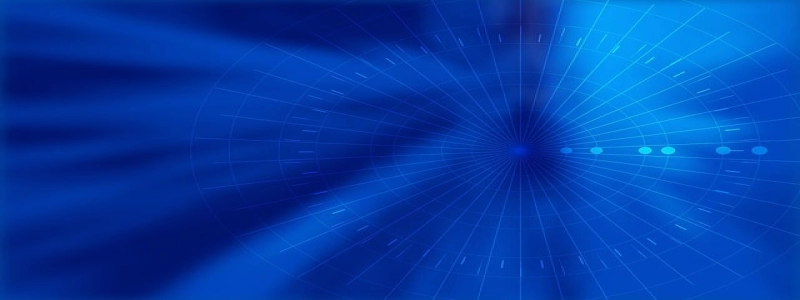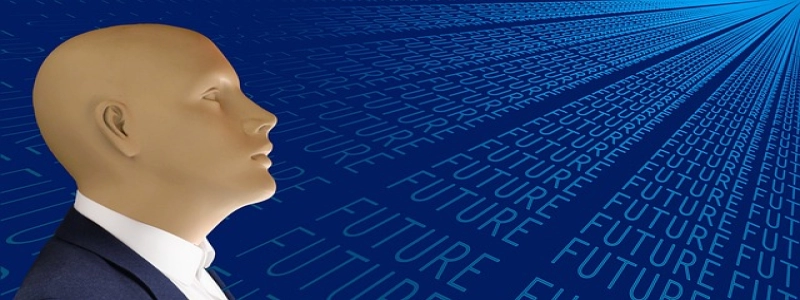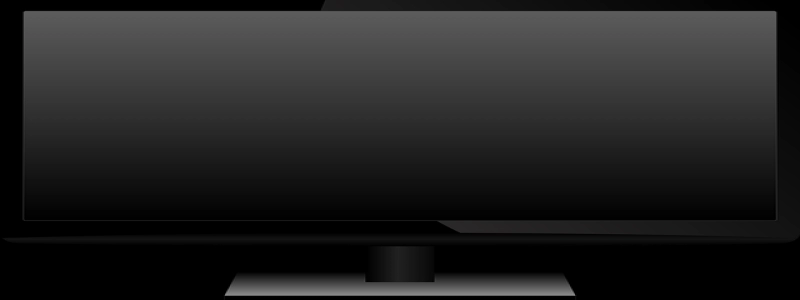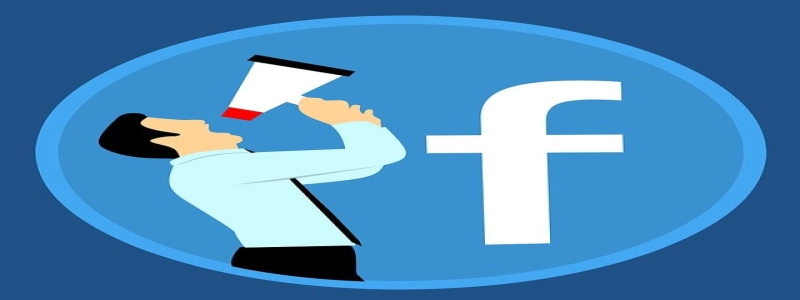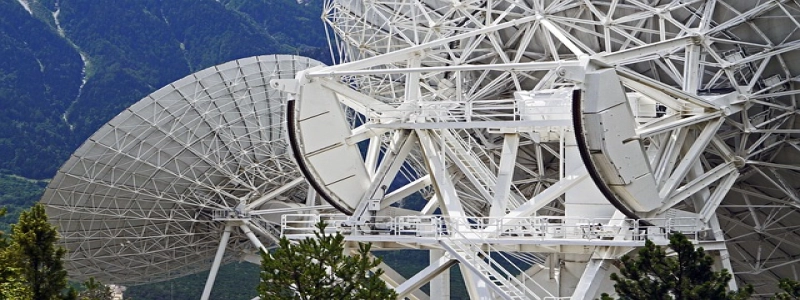Fiber Optic Versus Cable
導入
今日のデジタル時代では, the internet has become an essential part of our daily lives. It provides us with the means to connect, communicate, and access information like never before. しかし, not all internet connections are created equal. Two popular options available to consumers are fiber optic and cable connections. 記事上で, we will delve into the differences between these two types of internet connections and discuss their advantages and disadvantages.
1. What is Fiber Optic?
Fiber optic technology uses thin strands of pure glass or plastic to transmit data in the form of light pulses. These strands, known as optical fibers, are capable of carrying vast amounts of information over long distances at incredible speeds. Fiber optic cables are less susceptible to interference and can support high-bandwidth applications, making them ideal for businesses and individuals who require a robust and reliable internet connection.
Advantages of Fiber Optic:
– Lightning-fast speeds: Fiber optic cables can transmit data at speeds up to 100 times faster than traditional copper-based cables. This allows for smooth streaming, lag-free gaming, and quick file downloads.
– Greater bandwidth capacity: Fiber optic cables have a much higher bandwidth capacity than cable connections. This means that multiple devices can connect to the internet simultaneously without any degradation in performance.
– Immunity to electromagnetic interference: Unlike copper cables used in cable connections, fiber optic cables are immune to electromagnetic interference, resulting in a more stable and reliable internet connection.
– Long-distance transmission: Fiber optic technology allows data to be transmitted over much longer distances without any signal degradation. This makes it a popular choice for connecting remote locations.
Disadvantages of Fiber Optic:
– Higher installation costs: Fiber optic infrastructure requires specialized equipment and expertise during installation, making it more expensive than cable connections.
– Limited availability: While fiber optic infrastructure is expanding rapidly, it is still not as widely available as cable connections, particularly in rural areas.
– Fragility: Fiber optic cables are delicate and can be easily damaged. They require careful handling during installation and maintenance.
2. What is Cable?
Cable internet connections utilize coaxial cables, which consist of a copper core surrounded by insulation and other protective layers. These cables transmit data through electrical signals, allowing for the delivery of internet connectivity to households and businesses.
Advantages of Cable:
– Wide availability: Cable connections are more accessible across various locations, including both urban and rural areas, making it a popular choice for users who may not have access to fiber optic connections.
– Cost-effective: Cable connections are generally more affordable than fiber optic connections, making them a suitable option for budget-conscious consumers.
– Stability: Cable connections offer relatively stable connections without significant fluctuations in speed or performance.
Disadvantages of Cable:
– Limited upload speeds: Cable connections generally provide slower upload speeds compared to fiber optic connections. This may not be ideal for users who require fast and reliable upload capabilities, such as content creators or remote workers.
– Shared bandwidth: Cable connections are shared among neighboring users, which can result in slower speeds during peak usage hours.
– Susceptibility to interference: Coaxial cables used in cable connections can be susceptible to electromagnetic interference, leading to potential signal degradation and reduced reliability.
結論
When it comes to choosing between fiber optic and cable connections, it ultimately depends on your specific needs and budget. Fiber optic offers unparalleled speed, reliability, and future-proof capabilities, making it an excellent choice for users who demand the best performance. Cable connections, on the other hand, provide a cost-effective solution with widespread availability, suitable for users who prioritize affordability and stability. By understanding the advantages and disadvantages of each type of connection, you can make an informed decision and select the option that best suits your internet requirements.

